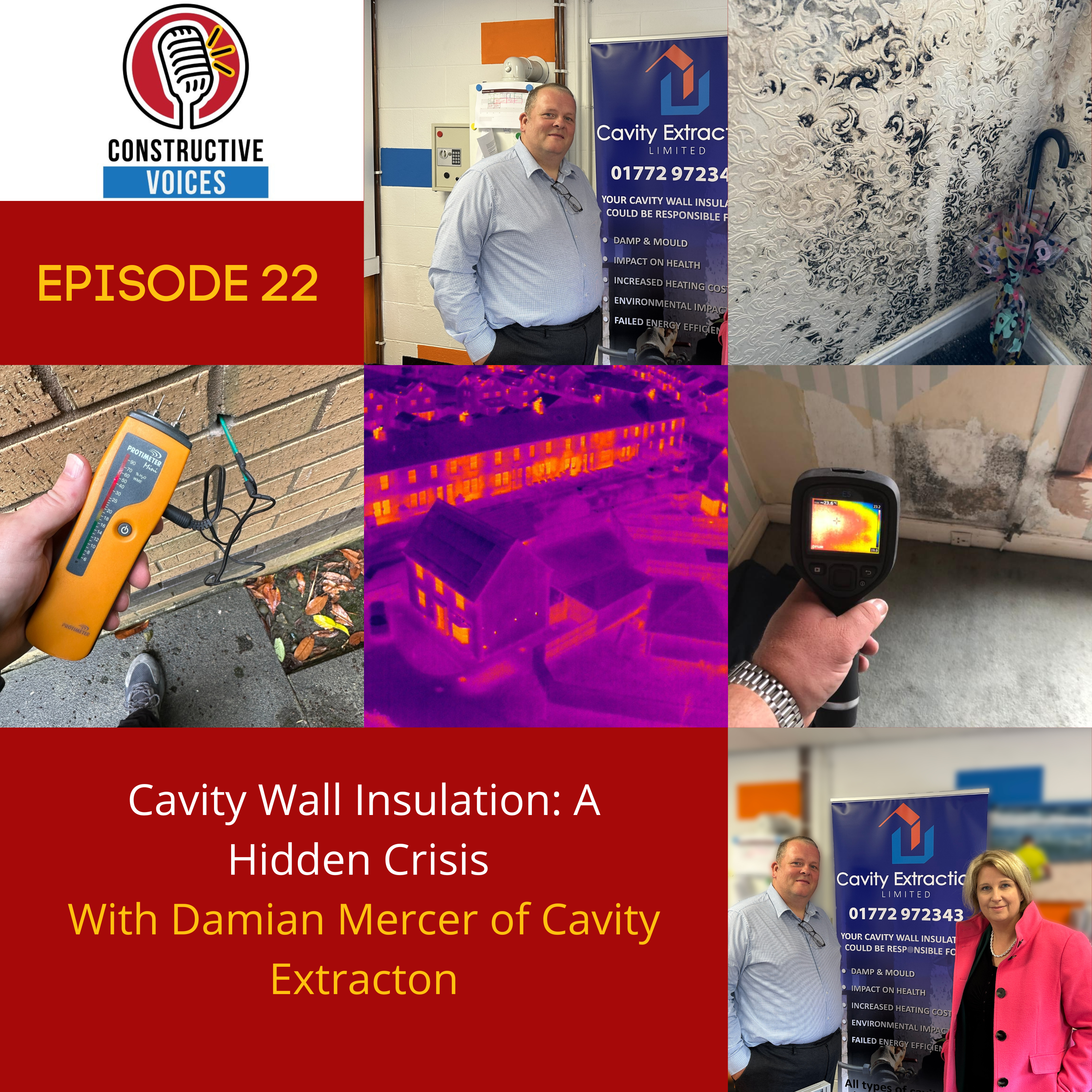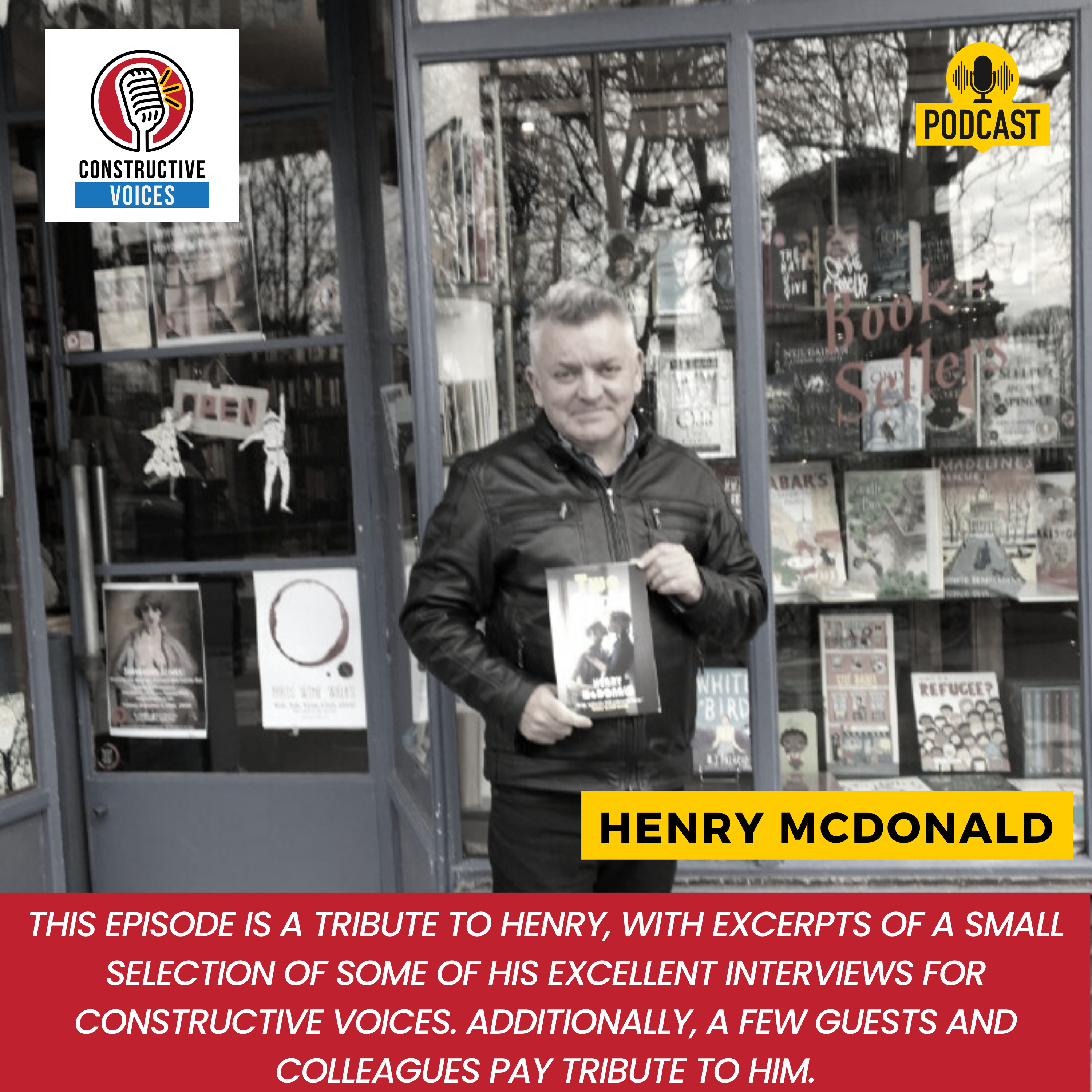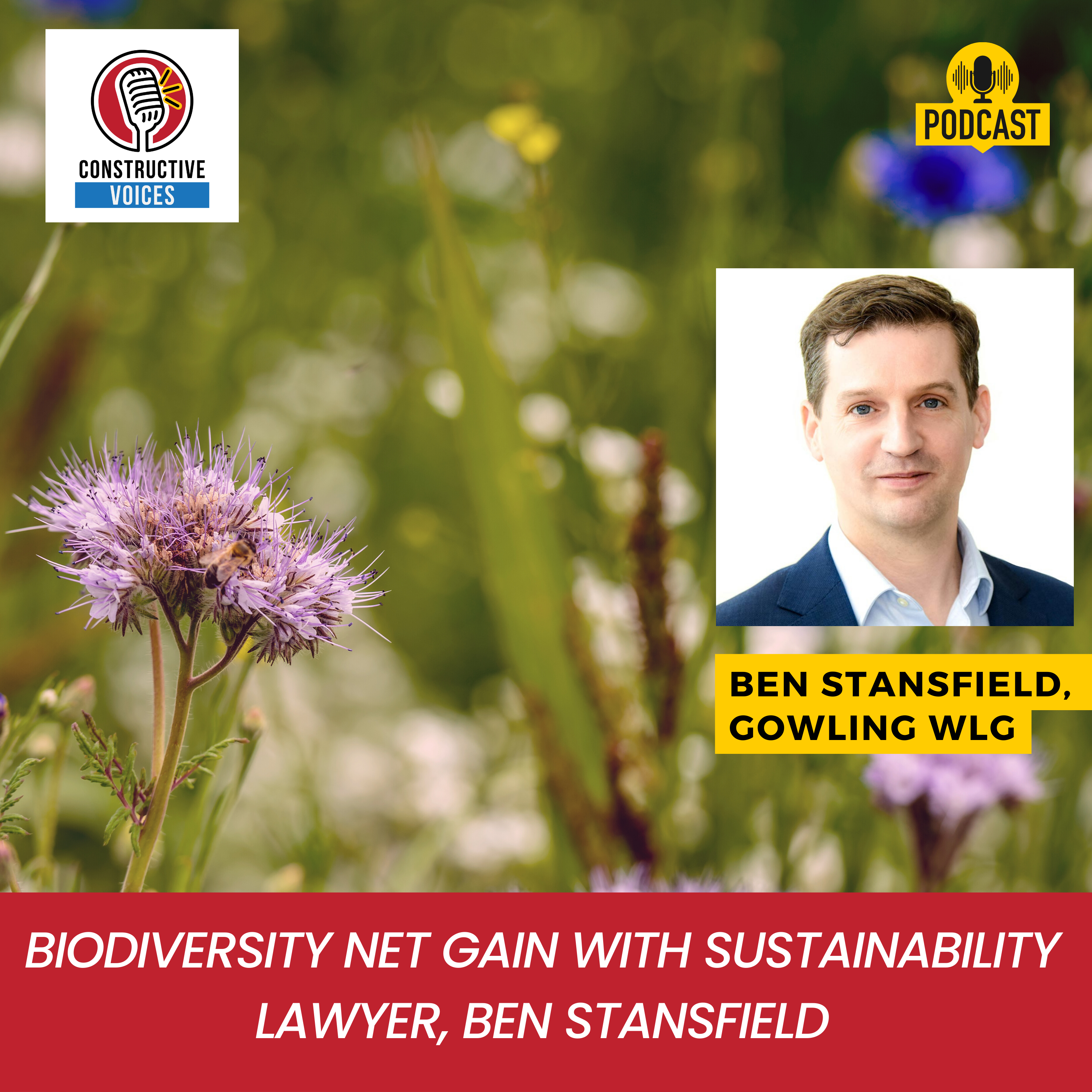Episode Transcript
[00:00:00] Speaker A: This is Constructive Voices. Constructive Voices, the podcast for the construction people with news, views and expert interviews.
[00:00:10] Speaker B: Hi there, this is Jackie Deberka for the Constructive Voices Good News podcast. A short, sharp burst of uplifting stories from the built environment with a side of conservation. We're hoping to light up your day with some really interesting news about a new way of thinking about sustainability. In fact, it's one that's not just about protecting the planet, but also about protecting our minds. It's called neurosustainability, a concept linking environmental conservation with brain health. As you may know, research shows that spending time in nature can have profound effects on our mental and cognitive well being, something many of us felt firsthand during the COVID 19 lockdowns. Recently I spoke with Mohammad Hesham Khalil. He is leading the way on this concept and has written many different papers about it. Going to cut into a short part of my interview with him that explains a little bit about this concept. Don't go away though, after Mohammed's piece because we have some more good news about pocket forests in Ireland and a little bit about retrofitting.
[00:01:10] Speaker A: This is Constructive Voices.
[00:01:13] Speaker B: What first drew you to explore this intersection between neuroscience and architecture?
[00:01:19] Speaker C: It was during lockdown, to be honest, when I started seeing so many people feeling more depressed and having higher levels of anxiety. That was sparked to something that it is something about the built environment and especially that some people have sustained those symptoms even after lockdown. So that shift, like from experiencing the belt environment in a specific way and then going back was an alert to start seeing this relationship between the built environment and the human brain. Because I know that it is associated with mental health and cognitive performance was really the motivation.
And I started like exploring this during my master's. It was interdisciplinary between architecture and neuroscience, applied neuroscience specifically.
And then that was the departure point based on which I started doing my PhD at the University of Cambridge to explore this impact of the built environment on neuroplasticity in more depth.
[00:02:31] Speaker A: This is Constructive Voices.
[00:02:33] Speaker B: Great to hear from Mohammad there. Keep your ears and your eyes open for the full episode along with the series that we're creating around this topic, which will be released in October 2025. So if you're listening to this after that date, just look at your favorite podcast podcast app or go to the Constructive Voices Website, constructive hyphen voices.com this is constructive Voices.
[00:02:57] Speaker D: And so how many of these pocket forests have you created so far?
[00:03:02] Speaker E: We're up to about 125 at the moment. I think some of them will be Extremely small, the size of a single car parking space and others would be larger. Our largest is about 100 square meters, which is roughly half a tennis court.
[00:03:18] Speaker D: Wow. And so I mean for those of us who don't know what, what does a pocket forest consist of? How is it different to, to maybe having a regular urban garden or a flower bed that you might have at home or in a school?
[00:03:28] Speaker E: Yeah, it's really interesting to kind of discover what the traditions of urban landscaping are. So we traditionally do a lot of grass, so we will call a green space, a green space when there's very thin soil and just a layer of grass and then that's usually mown to within an inch of its life over the summertime, although no mamey is happening. And then with tree planting they tend to be planted widely spaced lone trees with those grassy areas in between them. There are various reasons given for this.
Cyclones, certain local authorities and, and people aren't, some are, aren't very happy at the idea of not being able to see what's happening everywhere in every, every public space. So what we do looks very different to that. We're planting much younger trees than would normally be planted. They're only two year old whips, so they're very small, planted in winter time and planted much more closely together about 3 per square meter, which would be very dense compared to traditional landscaping in cities. But the result is that they create this microclimate very quickly the soil changes and we do a little bit of that work before we plant anything as well. That's part of the pocket forest difference, I suppose. We do a soil preparation workshop with communities.
[00:04:38] Speaker A: This is Constructive Voices.
[00:04:40] Speaker B: Be sure to dive over to our website and you'll find the title Greening Ireland from Pocket Forests to Native Woodlands with Katherine Cleary. This was created by Sarah Austin who is one of the Constructive Voices volunteers and she's done really an amazing job. Thank you so much, Sarah. Thank you. Now we will just have a short piece on retrofitting in Ireland and the full episode for this will be out in September 2025.
[00:05:05] Speaker A: This is constructive voices.
[00:05:07] Speaker F: On 7 August 2025, the Sustainable Energy Authority of Ireland, SEAI published its quarterly report showing 11,910 home energy upgrades were supported through government grant schemes in the first three months of 2025, a 2% increase over the same period. In 2024, government spending reached 76 million euros, up 4%.
More than 5,100 homes were upgraded to a BER B2 rating or higher.
1,350 energy poor households received free upgrades, a 14% rise, and avoided 15,000% of CO2, reinforcing the national push toward retrofitting. And that completes today's Constructive Voices positive news update.
[00:05:53] Speaker A: This is Constructive Voices.




